Talk Overview
Light has properties of particles and waves. Understanding the wave nature of light is essential to understanding the workings of a microscope. This lecture describes Huygens Wavelets, constructive/destructive interference, and diffraction.
Questions
- Higher magnification will always result in higher resolution: True or False?
- A pinhole in a pinhole camera has an optimum size. When making the pinhole smaller than the optimal size, the image will get blurred because of:
- Refraction
- Less light can travel through the small pinhole
- Diffraction
- Magnification
- The theory of wave optics was developed by:
- Isaac Newton
- Antonie van Leeuwenhoek
- Christiaan Huygens
- Robert Hooke
- A laser is directed at a lens. Characterize the wave shape of the light before and after the lens:
- Before: Plane wave, After: Plane wave.
- Before: Plane wave. After: Spherical wave
- Before: Spherical wave. After: Plane wave
- Before: Spherical wave. After: Spherical wave
- Diffraction is
- Focusing of light by a lens
- The banding pattern seen after passing coherent light through two slits
- The bending of light that passes through a small opening
- Scattering of light hitting an opaque surface
Answers
View AnswersSpeaker Bio
Jeff Lichtman
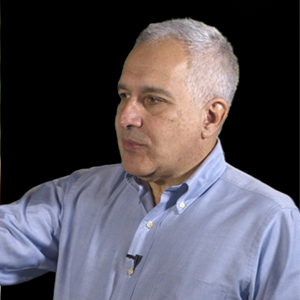
Jeff Lichtman’s interest in how specific neuronal connections are made and maintained began while he was a MD-PhD student at Washington University in Saint Louis. Lichtman remained at Washington University for nearly 30 years. In 2004, he moved to Harvard University where he is Professor of Molecular and Cellular Biology and a member of the… Continue Reading
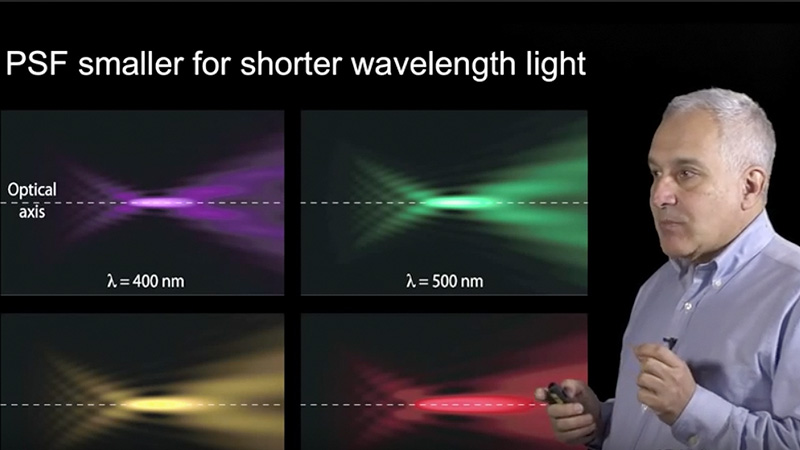
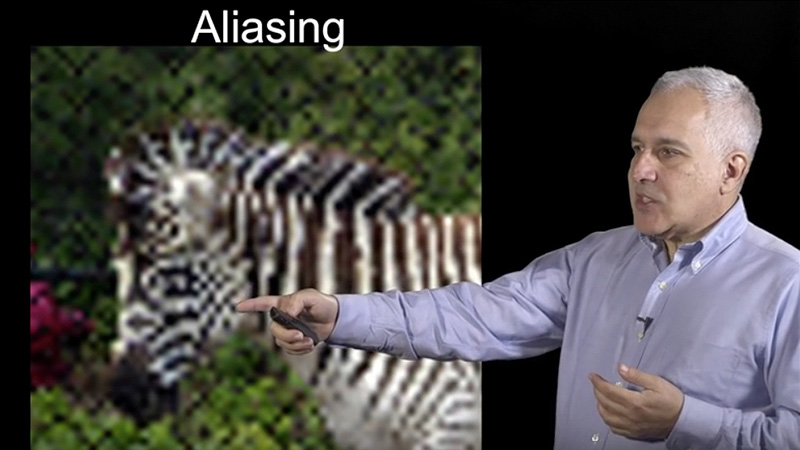
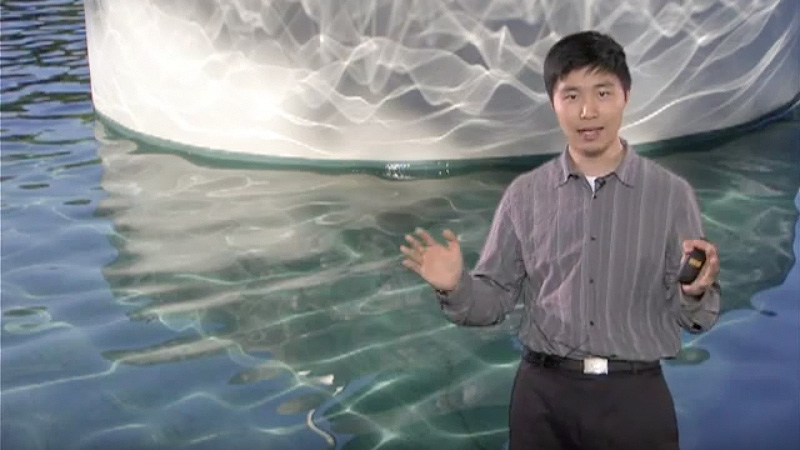
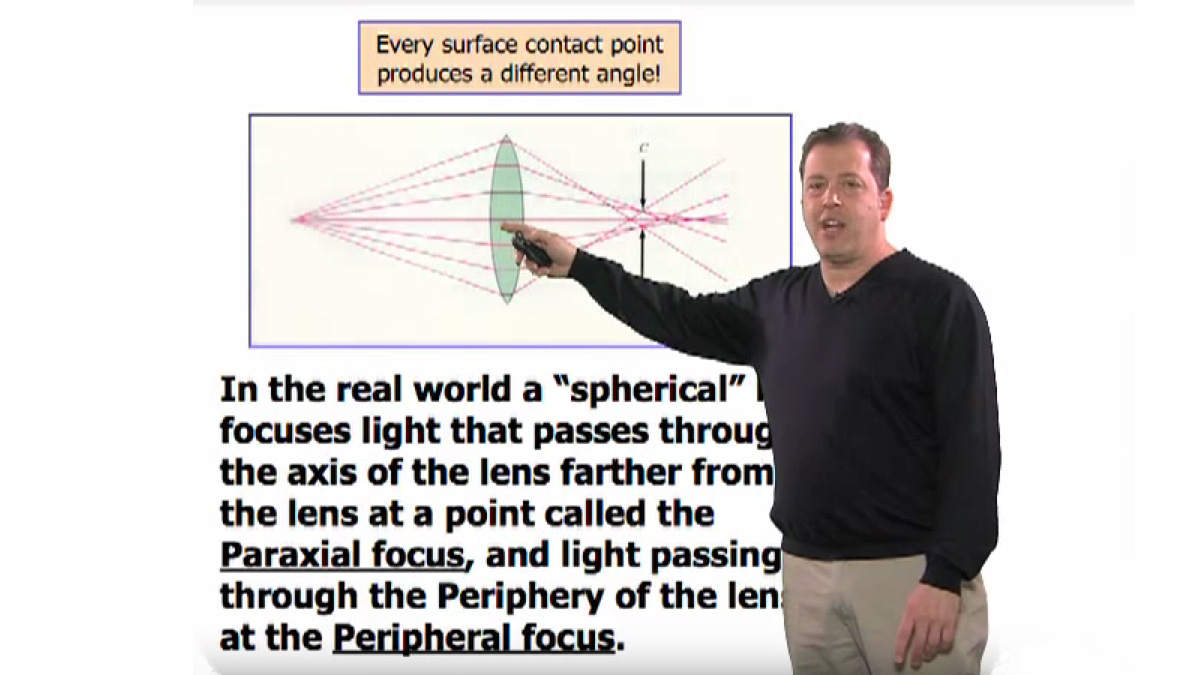





Martins Anyanwu says
Hallo
I am a master student and i wish to cite Prof Jeff Lichtman work on my Thesis work. Please kindly advise where i can get his journals or publications relating to microscope resolution